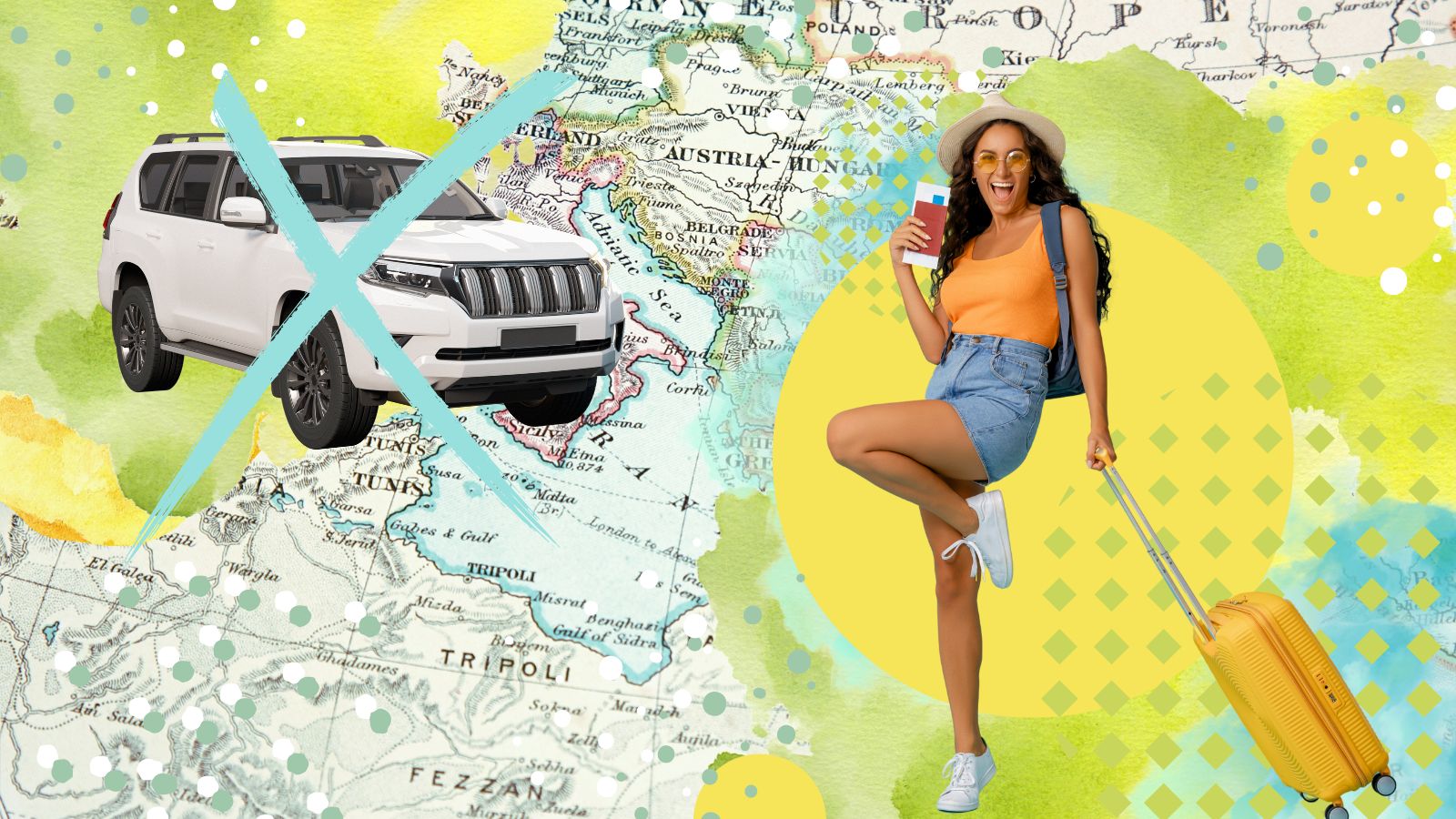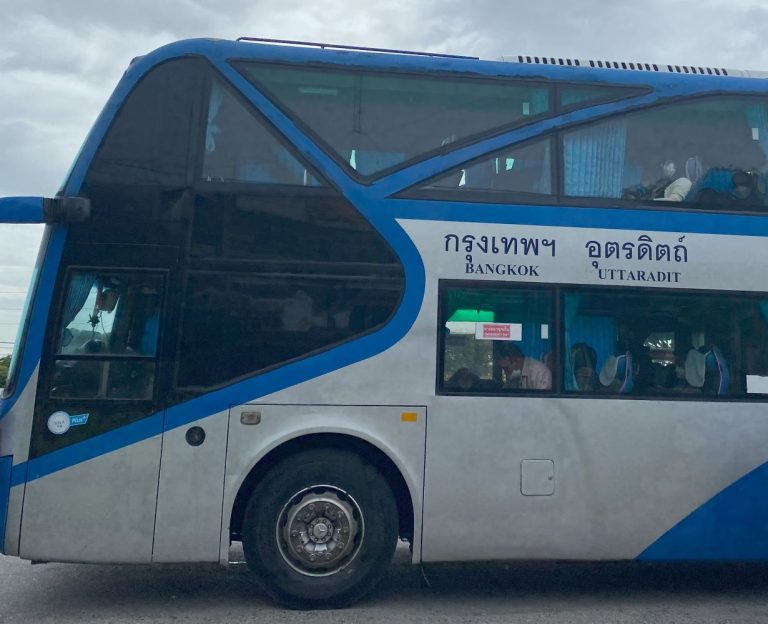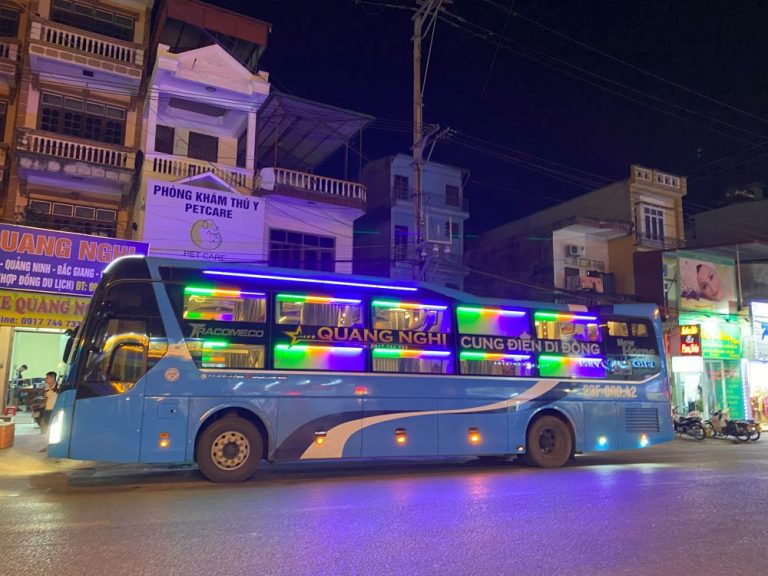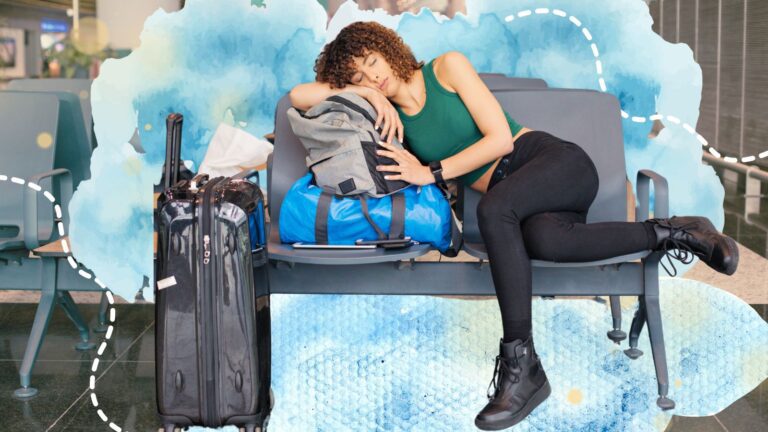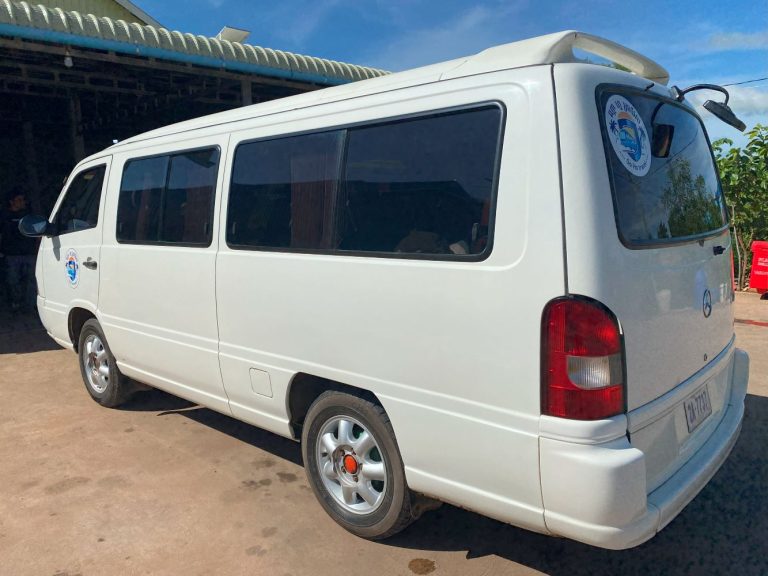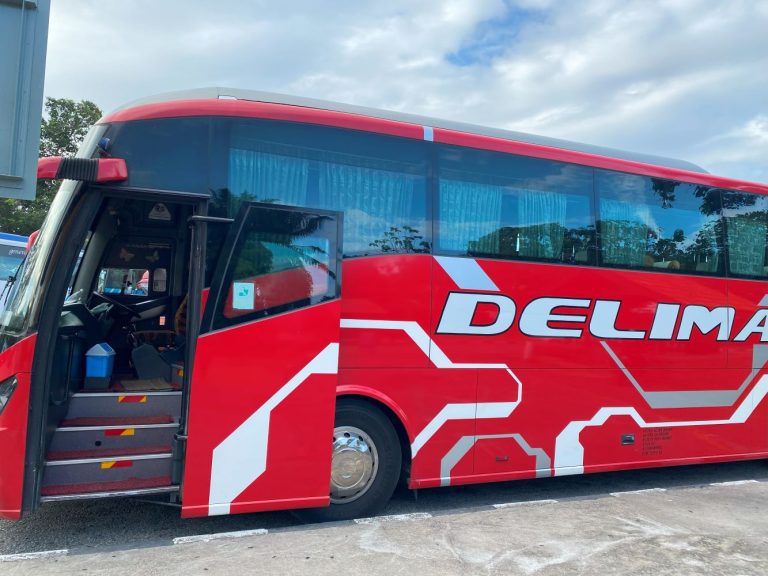How to Travel the World Without a Car
After traveling full-time for over two years, I’ve learned that you don’t need a car to explore the world.
In fact, traveling without a car often leads to richer, more memorable experiences because you get to see places from a different perspective, interact with locals, and move at a slow pace that lets you soak in the details.
Traveling without a car may seem crazy, especially if you’re from a place where you basically NEED a car to get around anywhere (aka most of America). But it’s surprisingly easy to travel without one if you have the time, and if you’re willing to try something new.
For myself, I actually have a driver’s license but I DO NOT enjoy driving AT ALL. I dislike driving so much that I’ve never done it after I passed my driving test in 2019. While I can see the benefits of having a car for day-to-day life, as a traveler there’s actually a lot of other options which means I’ve never had to drive since the day I became a full-time nomad.
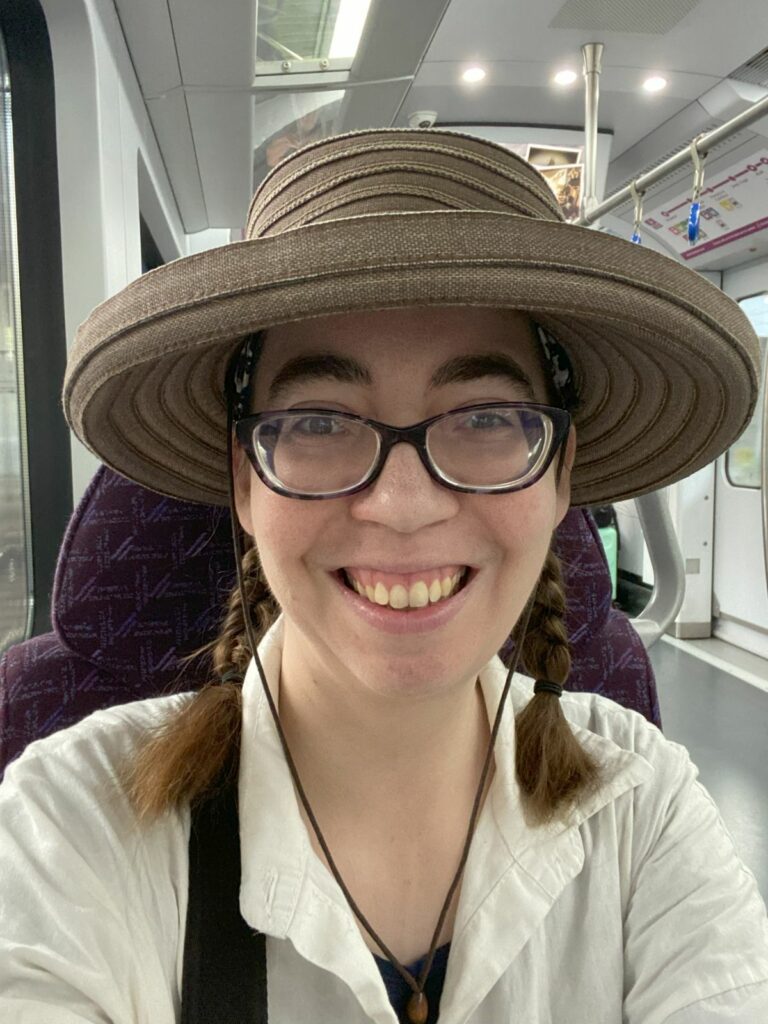
And actually, I don’t feel deprived or that I’m missing out. While driving a car does mean freedom in some ways, it’s also a lot of added stress that I’d rather avoid during my world travels. I’ve managed to get places and see amazing things without having to drive myself, and I expect to be able to continue doing that in the future.
If you’re a non-driver and you’re nervous about being able to travel around the world world without driving, then this post is for you. Or maybe you’re just interested in exploring overland travel without relying on a personal car! Using public transportation to travel the world is beneficial in many ways, including environmental and monetary, after all.
In this post, I’ll talk about how I’ve traveled without driving, the best places to visit where you don’t need a car, and some ideas on how you can navigate the world without driving, too!
This post contains affiliate links. If you click on a link and buy something, I get a small percentage at no extra cost to you. Your support helps keep this blog running— thank you! Read full disclosure here.
What is Overland Travel, Anyway?
Overland travel just means anything besides flying, basically! Going from place to place without an airplane, using trains, buses, ships and even walking.
(Yes, cars count as overland travel! But this post is specifically for non-car travel. 😉 )
This section is aimed more at getting around town, to the next town, or to explore a place on your own. In another post I’ll talk about the ways you can take advantage of tourist-centered overland travel (like with group tour buses) to explore without needing a car.
Types of Overland Travel
Train Travel
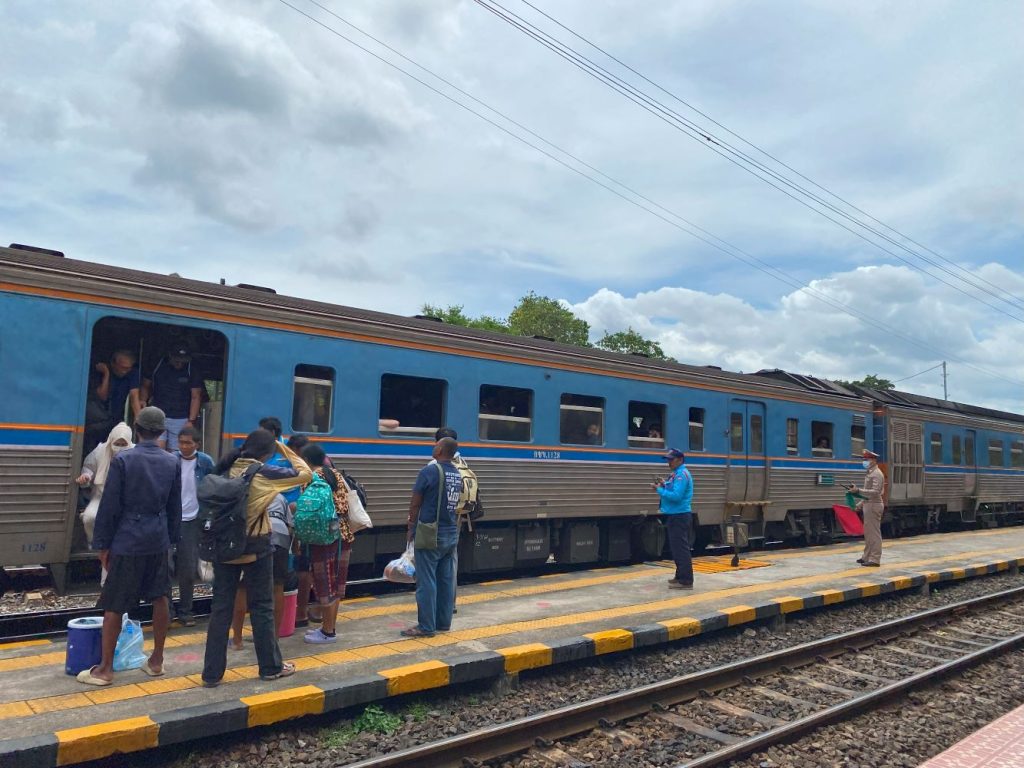
There’s something incredibly romantic about train travel. Watching the changing landscapes through a window while sitting on a comfy chair, able to relax and just chill?
There’s no need to worry about directions or traffic; I can simply sit back with a book, watch the world go by, or strike up a conversation with a fellow traveler. And let’s not forget the usefulness of sleeper trains, where you can wake up in a new city ready to explore (and having saved on a night of accommodation!).
Yeah, the train is for sure my favorite way to travel!
Train Journeys:
- From London to Paris by Eurostar Train (My Experience)
- From Paris to Toulouse on the Intercites Train
- From Singapore to Kuala Lumpur by Train (2024 Overland Travel Guide)
Buses (City, Intercity, International)

Buses might not always have the glamour of trains, but they’re a reliable and budget-friendly way to get around. Especially in places where train networks aren’t as extensive!
One of the things I enjoy about bus travel is the flexibility. Buses often run more frequently than trains and can get you to places that might be off the beaten path, like small rural towns. That’s how I got up to Yonago in Japan, by taking an intercity bus from Hiroshima.
Plus, the lower cost means you can stretch your travel budget further. During my travels in Vietnam, for instance, I took long-distance night buses that took me across huge parts of the country while saving a night of accommodation.
Related: How to Book Bus Tickets in Southeast Asia
Buses are also great way to experience the local culture, as buses are often the main form of transport for many people. In Borneo, for instance, intercity buses are full of both tourists and locals getting from place to place, and it’s a great way to meet people.
Bus Journeys:
- Travel Japan for Cheap on Highway Buses
- How to Book Bus Tickets in Southeast Asia
- From Dalat to Ho Chi Minh City (Saigon) by bus
- From Siem Reap to Bangkok by bus | Overland travel from Cambodia to Thailand
Walking and Hiking
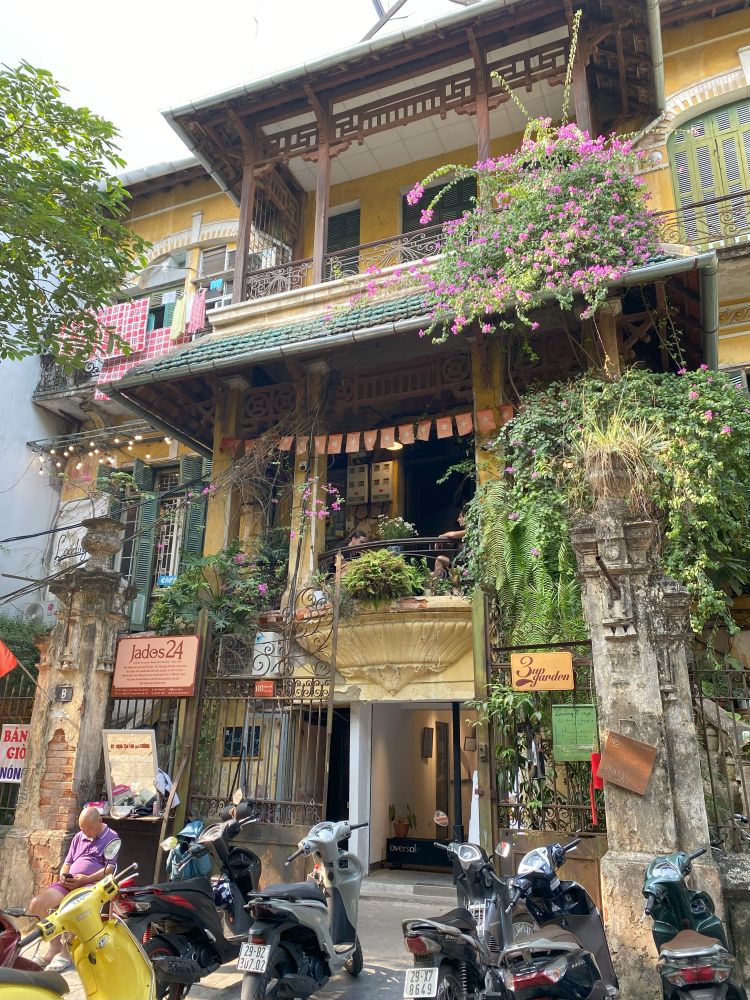
Sometimes, the best way to see a place is on foot. Walking lets you to connect with the landscape in a way that no other mode of travel can. Whether you’re exploring a busy city or trekking through the wilderness, walking gives you the time and space to truly take in your surroundings.
Walking lets you discover hidden gems that you might miss if you were rushing by in a car.
During my travels, I’ve walked through ancient cities, along coastal paths, and up mountain trails. While I’m not much of a hiker, I do enjoy going out and exploring the wilderness every so often, like when I went along the Hadrian’s Wall Path for a bit.
Many cities and towns are best explored on foot. That’s the only way you’ll get to see cool stuff like small local shops, street art, and off-the-beaten-path cafes. Going on a walking tour is a great way to learn about the history of a town or neighborhood, for instance.
Walking Tour Experiences:
- Walking Around Montmartre, a Bohemian Neighborhood | Tour Review
- Hanoi’s French Quarter Walking Tour Review
Biking
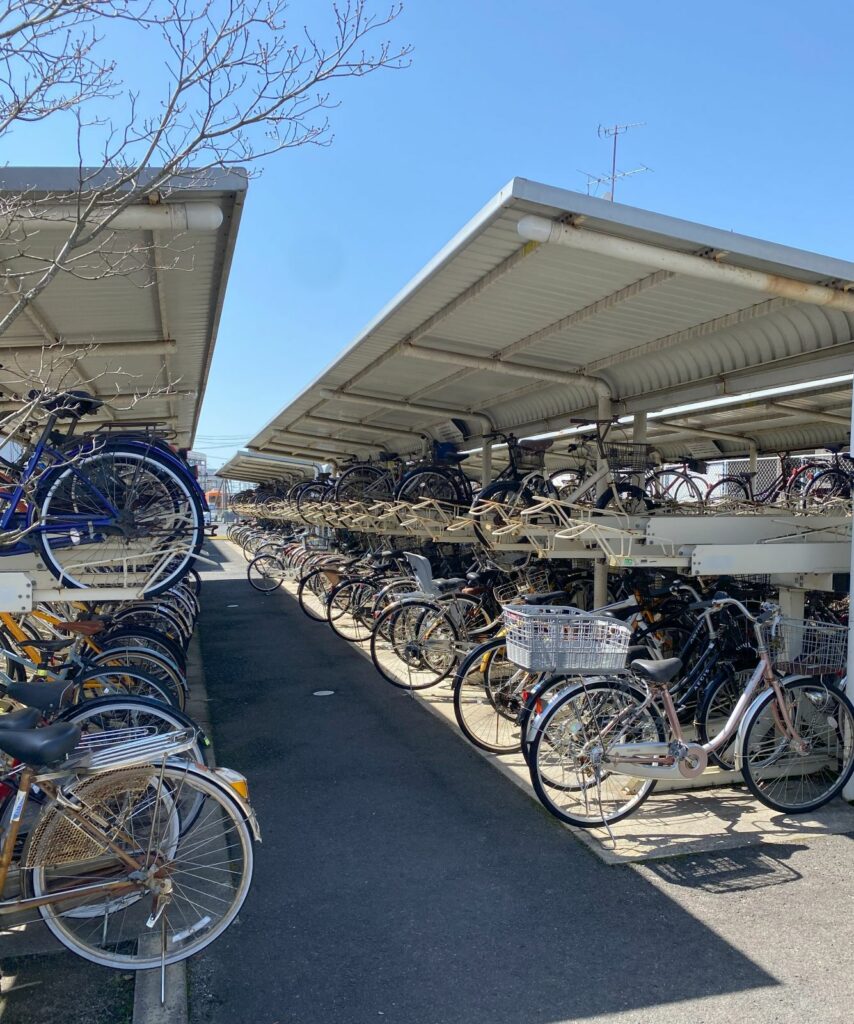
Bicycle touring is becoming increasingly popular, especially in places like Europe where dedicated bike routes like the EuroVelo network make it easy to explore multiple countries. Even more than buses or trains, biking lets you experience the world up close—you can stop whenever you want to take a photo, chat with locals, or just enjoy the view.
Biking has a special place in my heart—it’s the perfect blend of adventure and freedom. When you’re on a bike, you can go where cars can’t! Whether it’s a narrow village street or a winding mountain path, you can get there on a bike. Not to mention, it’s an eco-friendly way to travel, and it keeps you active while on the road.
Bonus: many cities offer bike-sharing programs, so you can borrow a bike and go around for the day without worry. Or you can use a service like BikesBooking.com to rent a bicycle from a local provider.
Boats, Ships and Ferries
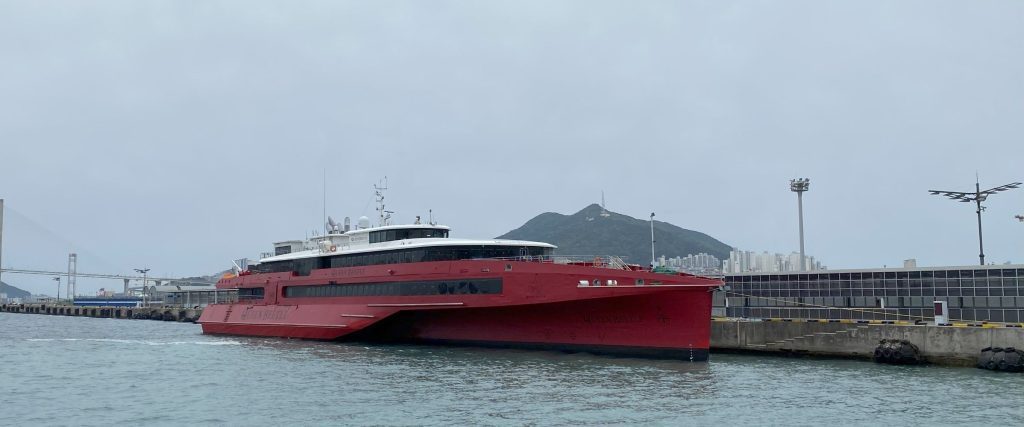
This type of travel is for people who want to go to island locations—or even just coastal regions. Basically, places that AREN’T landlocked will usually have a ferry system set up somewhere.
Ferries connect you to places that would otherwise be difficult to reach, and the views from the water are often stunning. Surprisingly, you can sometimes even go internationally on a ferry, like this one from Fukuoka, Japan to Busan, South Korea.
Boats also offer opportunities for slow travel, where the journey is just as important as the destination. Whether it’s sailing down the Mekong River in Laos or exploring the canals of Amsterdam by boat, you’ll find that water travel opens up a whole new perspective on the places you visit.
You can even take a cruise ship across the Pacific or Atlantic Oceans! I’ve done a transatlantic cruise twice and had a wonderful time.
Related: Budget Cruise Tips for Newbies
Ride-sharing and Hitchhiking

For the more adventurous, hitchhiking can be an exciting way to travel without driving yourself. While it’s not for everyone, hitchhiking is definitely a unique way to meet people. It requires patience and a good sense of adventure, but it can also lead to some incredible stories.
I’ve actually hitchhiked in Brunei before, because the public buses stopped running after 4:00pm and there’s really no taxi service for foreigners like there are in other places. Locals know that tourists have a hard time getting around, so they’re open to picking up travelers (sometimes for a small fee).
More common is grabbing a ride on a ride-sharing platforms. Not just Uber or Grab, but literally sharing rides with locals. Platforms like BlaBlaCarconnect travelers with drivers heading in the same direction, allowing you to share a ride and split the cost. It’s a great way to travel more sustainably and meet locals along the way.
As always, if you decide to hitchhike or use a rideshare, it’s important to trust your instincts, be respectful, and always prioritize your safety.
Related: Safety tips for solo female travelers
Where to Travel If You Can’t Drive
Okay, so basically you can go anywhere you want to as long as you can find a driver (when needed) BUT it’s easiest to start with places that have good public transit and decent tourist infrastructure.
Public transit will help you get around places by yourself, and the tourist infrastructure will help you find drivers and tour guides when you need them.
In general, countries in Asia (especially Southeast Asia) have a good network of trains, buses, metro and rideshare companies and it’s VERY easy to travel around without a car. And for rural places with no public transit (like in parts of Borneo or Indonesia) you can find a driver for a day relatively cheaply.
Western European countries also have good non-car transit options! It’s very easy to get a train pass and go around France, for instance, even to small towns like Yvetot or Amiens. Another one: England has a good train network, and the rural tourist sites (like Stonehenge) all have some kind of tourist bus that you can take to go out there.
South America, while not a very train-friendly continent overall, DOES have a lot of buses that you can take—although the travel times will be enormous. But that’s part of the fun, right?
What do I mean by “good” public transit options?

Standards for public transit and rideshare options differ across the globe, and what may be acceptable to me may not be acceptable to YOU. So here’s what I mean when I say a place has “good” options for public transit:
- There is a regularly-running bus or train (or whatever) schedule, beyond the standard commuting times (early mornings/evenings)
- Locals regularly use transit to get to work AND to fun places
- It’s easy for tourists to get passes or tickets for transit
And that’s it, really! Not a whole lot of requirements, but having all three of these makes it very easy for me (a tourist) to navigate places myself.
Some places have public transit only for tourists, and that’s fine but it’s not necessarily good. Other places have public transit but it really only runs for locals to commute to/from work, and that’s not good for tourists. And worst is the places where it’s nearly impossible for tourists to get a ticket or pass because the whole system is ONLY set up for locals.
So when I say this place has “good public transit,” I mean it’s (relatively) good for me and for locals.
Specific Cities with Good Public Transit
- Tokyo, Japan – great (multiple) train system, metro, buses that’s very easy to use, including tourist passes, plus you can easily go out to surrounding cities for day trips.
- Singapore – small country with good metro and bus system, and you can go up into Malaysia
- Seoul, South Korea – excellent metro, good connections to intercity buses and trains
- Paris, France – surprisingly well-connected metro and can connect to intercity trains easily
- New York City, USA – maybe the best public transit system in the US, excellent subway system and the buses aren’t too bad, either. Some connections out to nearby cities/states and a big Amtrak hub which can take you to Chicago or further to Seattle and Los Angeles
Final Thoughts
Traveling the world without a car may seem daunting at first, but by embracing alternative modes of transportation—such as trains, buses, bicycles, and even your own two feet—you can experience the world in a more intimate way. It’s well worth the extra “hassle” to try overlanding once in a while!
Have you traveled without a car before? What tips or stories do you have to share? If you’re new to car-free travel, what destinations or methods are you most excited to try? Share your thoughts in the comments below and join our community of like-minded travelers on Facebook.
Save to Pinterest
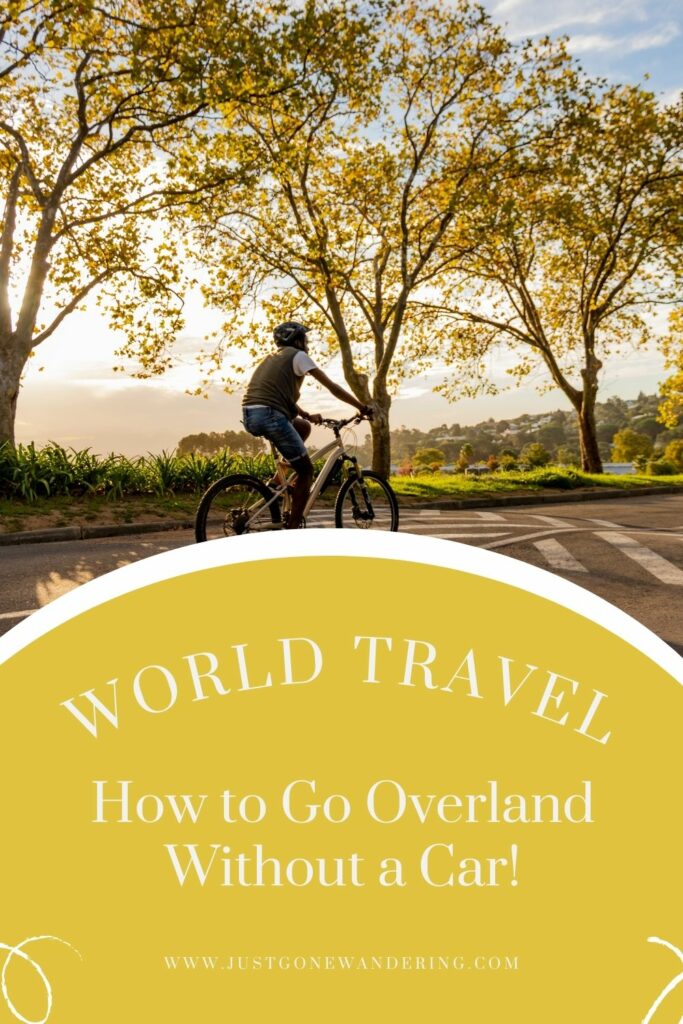
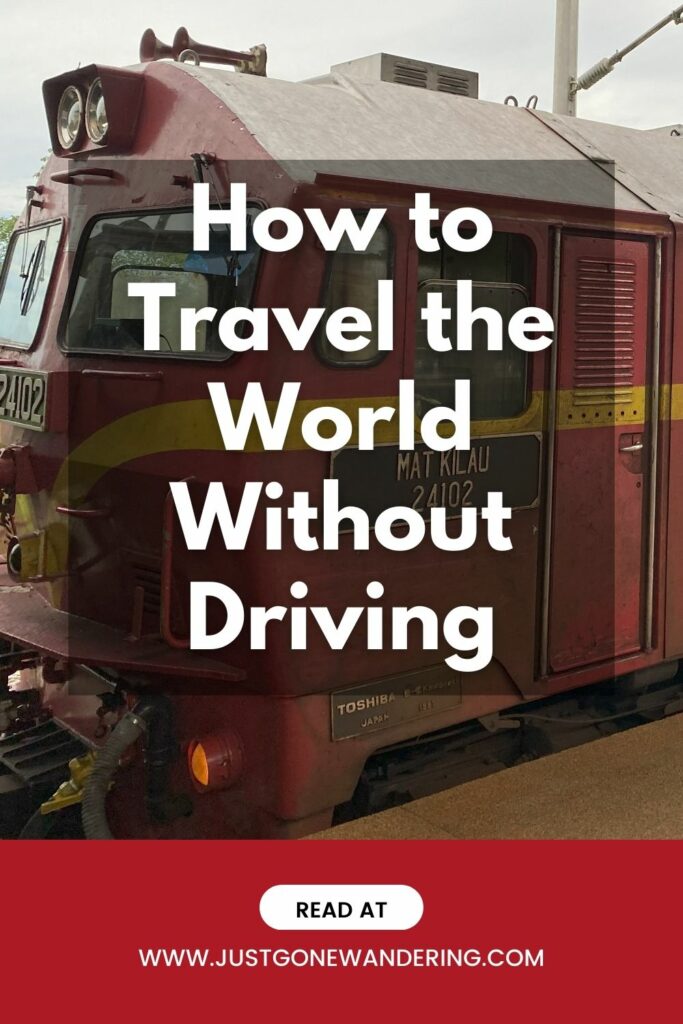
Explore More
Destination Travel Guides
Nomad Living
- How to Plan a Year of Full-time Travel
- Packing List for Perpetual Travel (Solo Female Cozy Budget Style)
- Backpack vs. Suitcase for Long-Term Travel
- How to keep in contact while traveling abroad
- The BEST WhatsApp Travel Group Chats
- 90+ Active Facebook Groups for Travelers
- Where to Stay Besides Hotels When Traveling Long-Term
- Travel kitchen essentials | Hotel cooking
- Best Resources for Long-Term Travel
Best Travel Resources
- 👩💻Stay organized with the Deluxe Travel Planner Spreadsheet
- 🛌Search Hostelworld for budget stays
- ✈️Search SkyScanner for discounted flights around the world
- 😺Join TrustedHousesitters and do petsitting in exchange for accommodation
- 💳Carry Chase Sapphire Preferred for a travel-friendly credit card
- 📱Use Airalo for eSIMs around the world
- 🚙Check DiscoverCars for international car rentals
- 👩💻Snag ExpressVPN to stay safe while browsing the web
- 🧑⚕️Sign up with VisitorsCoverage for trip insurance

